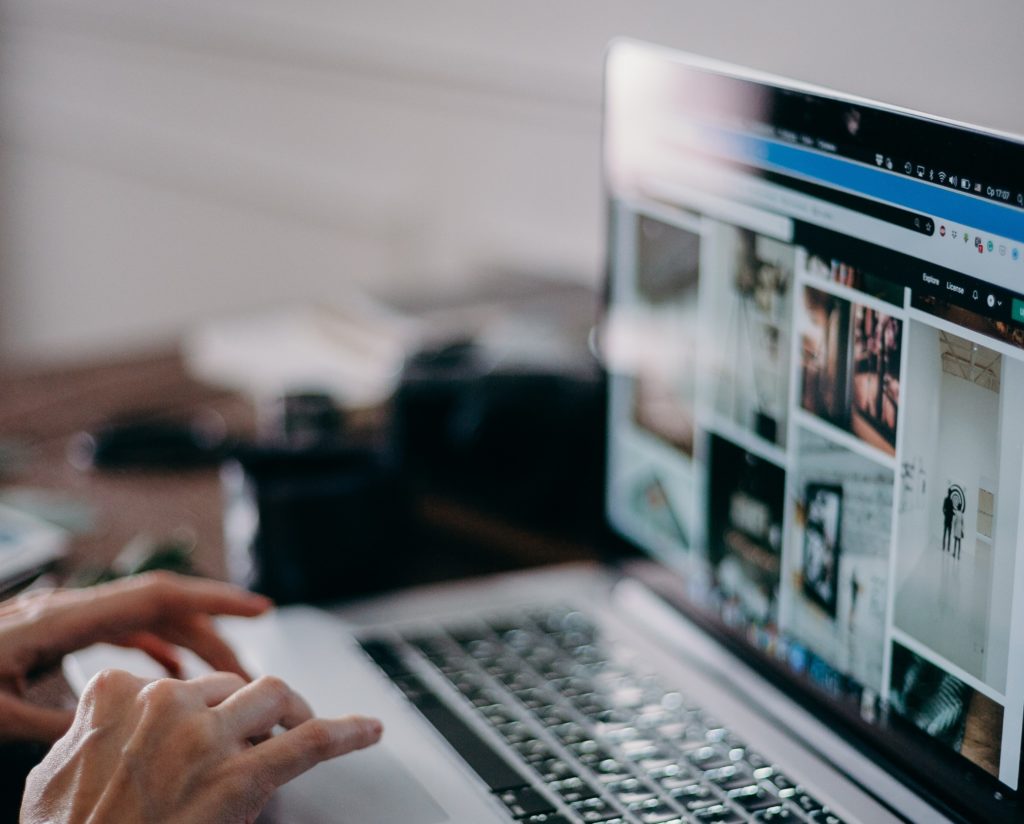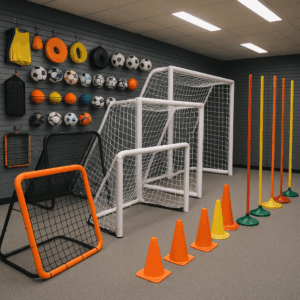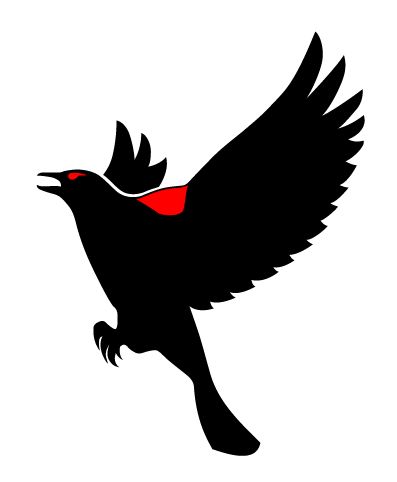
Image optimization is one of the most commonly overlooked on-site optimization tactics. People forget that image can also drive traffic to their sites and make for a well rounded optimized page.
What is SEO Image Optimization?
SEO image optimization is the practice of making sure your images contain important information that explains what is in the image as well as relating it to the topic and keywords of the page the image is on. It is also an important part of accessibility.
Follow these best practices to make sure you site is properly optimized.
1. Name Your Images Descriptively And In Plain English.
Using descriptive names for your images will not only help you find your images, but it will also help people searching for your products find you. Search engines take the name of a file into account for Image search as well as for website ranking.
This doesn’t mean keyword stuffing. We don’t want to see things like “red sneakers shoes running shoes nike sneakers”. You also don’t want to use the default name that the camera gave the file dimage145.jpg. A better option would be red-nike-running-shoes.jpg.
Think about what people looking for the product would use when they search.
- red nike running shoes
- red nike sneakers
- red nikes
2. Optimize Alt Tags Intelligently
Alt Tags or alternative text tags are important for usability and are used to show images if for some reason the browser can’t render them properly.
Alt Tags can also be useful for SEO. They are important when it comes to image search and for the overall website. Associating keywords with images can help you in both areas.
What does this look like?
In code.
<img src=”red-nike-running-shoes.jpg” alt=”red nike running shoes”>
Here are some simple rules when it comes to alt tags:
- Describe your images in plain English, just like you do for image file names.
- If you sell products that have model numbers or serial numbers, use them in your alt tag as well as the product name.
- Do not keyword stuff your alt tags (for example alt=”red sneakers shoes running shoes nike sneakers buy now cheap best price on-sale”).
- Don’t use alt tags for decorative images. Search engines may penalize you for over-optimization.
3. Other Image Optimization Best Practices
The first two items are the bare minimum for image optimization. The following are things that are nice to have for SEO. Although they are more important for accessibility. Always remember just say no to keyword stuffing.
- Image Title
This is one that is good to have. Depending on the browser, when you hover over them they will also show the Image Title Tag. This is a good place for a descriptive title for the image but is not as critical for SEO. Often times this can be the same as the Alt Tag. - Description
You can put a longer description here for the image. This may be used for image search, but is also not as critical.
These are few of the top onsite image optimization tactics that every site should follow. There are other tactics such as file size and compression that play a factor in usability and SEO, but we’ll talk about them in another post.
As always if you have any questions. Give us a shout by filling out our contact form. We’d love to hear from you about images or anything related to digital marketing.




